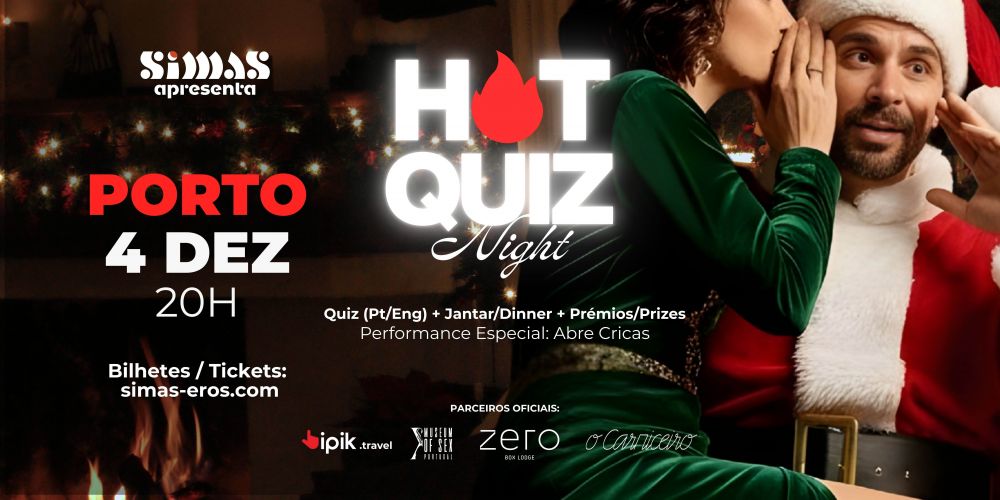Obras de referência da cultura portuguesa
"LACRIMANS SITIVIT ANIMA MEA"
de D. PEDRO DE CRISTO
(c.1550-1618)
Análise de João Pedro d'Alvarenga
Tradução: Alexandra Leitão

D. Pedro de Cristo, cujo nome de batismo era Domingos, foi Cónego Regrante de Santo Agostinho. Professou no Mosteiro de Santa Cruz de Coimbra a 4 de Setembro de 1571, desempenhando aí – e periodicamente também em Lisboa, no Mosteiro de São Vicente de Fora – as funções de mestre de capela. No extenso registo do seu óbito, ocorrido em Coimbra a 16 de Dezembro de 1618, diz-se nomeadamente que foi «grande compositor, tangedor de tecla e de baixão, arpa e frauta» e que morreu em consequência «de hua queda que deu na claustra do silêncio defronte da portaria», deixando «muitas saudades na Religião e muitos amigos porque todos lhe queriam muito». Ascendem a mais de duas centenas e três dezenas as obras que dele subsistem, autógrafas em grande número, quase todas a aguardar edição moderna.
Lacrimans sitivit anima mea surge em duas coleções manuscritas hoje à guarda da Biblioteca Geral da Universidade de Coimbra, a primeira da mão do compositor, datável de c.1580-c.1590. Este moteto é porventura a obra mais tensa e expressiva de D. Pedro de Cristo e certamente uma das mais sofisticadas na manipulação retórica dos materiais musicais em relação com o texto, cuja significação é particularmente enigmática, porque escapa a qualquer contexto litúrgico ou cerimonial preciso:
«Lacrimans sitivit anima mea videre te fontem vivum teque frui: heu me exulem, quia incolatus meus prolongatur nimis. Audivit lamentationes et gemitus exterminii tui: convertere, o Sunamitis, et revertere, revertere, ut intuearis, et mei fruaris in aeternum.»
(Chorando, a minha alma tem sede de ver-te, fonte viva, e de fruir-te: ai de mim, exilado, porque o meu exílio prolonga-se demasiado. Ele ouviu a lamentação e os gemidos do teu extermínio: volta, ó Sunamita, e regressa, regressa para que possas ver-me e fruir-me para sempre.)
Trata-se de uma composição única, sem tradição, possivelmente da autoria do próprio D. Pedro: o primeiro, o segundo e o quarto períodos («Lacrimans…», «heu me…» e «convertere…») são adaptados respetivamente do Livro dos Salmos, 41: 2, e 119: 5, e do Cântico dos Cânticos, 6: 12, através das peças litúrgicas que estas fontes bíblicas originaram (duas antífonas do Ofício de Defuntos e uma antífona para a Festa da Assunção de Nossa Senhora). Com a adição, a substituição e a omissão de certas palavras, a interpolação do terceiro período («Audivit…») e a alteração do sujeito e do complemento na última proposição adverbial, o texto assume um pendor inegavelmente messianista, que intensamente manifesta o desejo de ver regressar «o exilado». Ora, na década de 1580, este «exilado» era o próprio País, acéfalo e órfão sob a coroa de Espanha.
Há portanto em Sitivit lacrimans anima mea uma intenção política, forçosamente sancionada pela Congregação Crúzia, porque no Capítulo Geral de 1572 ficara estipulado que «a letra dos motetes novos, primeiro que se cante seja vista e aprovada per o Prior e hum Theologo da casa». É sabido que, na crise dinástica provocada pela morte inglória de D. Sebastião em Alcácer-Quibir, Santa Cruz de Coimbra apoiou o partido de D. António, Prior do Crato. O episódio teve como consequência a minimização do Mosteiro coimbrão e a valorização de São Vicente de Fora, que Madrid protegeu, ordenando Filipe II, na sua estada em Lisboa entre 1580 e 1582, a ereção do portentoso edifício que hoje subsiste.
Gravações disponíveis:
– Music from Renaissance Portugal: Polyphony from the Royal Monastery of Santa Cruz, Coimbra, Cambridge Taverner Choir, dir. Owen Rees, Herald, 1993, HAVPCD 155, CD [faixa 4]
"LACRIMANS SITIVIT ANIMA MEA" by D. PEDRO DE CRISTO
(1550-1618)
D. Pedro de Cristo, who was baptised Domingos, was a regular canon of Saint Augustine. He took his vows at Santa Cruz Monastery in Coimbra on 4 September 1571. He was chapel master there and periodically in Lisbon at the Monastery of São Vicente de Fora. The lengthy certificate on his death in Coimbra on 16 December 1618 says that he was a “great composer, keyboard, bassoon, harp and flute player” and that he died as the result of “a fall in the Silent Cloister near the main door”, that he “will be much missed in the order and by many friends who loved him dearly”. He produced more than 230 works, mostly autographical and almost all waiting for a new edition.
Lacrimans sitivit anima mea appears in two manuscript collections kept today at the General Library of Coimbra University. The first was written by the composer and can be dated circa 1580-1590. This motet is perhaps D. Pedro de Cristo’s most tense and expressive work and certainly one of the more sophisticated due to the rhetorical manipulation of the musical materials in relation to the text, with its particularly enigmatic signification, as it does not fall into any precise liturgical or ceremonial context:
«Lacrimans sitivit anima mea videre te fontem vivum teque frui: heu me exulem, quia incolatus meus prolongatur nimis.
Audivit lamentationes et gemitus exterminii tui: convertere, o Sunamitis, et revertere, revertere, ut intuearis, et mei fruaris in aeternum.»
(My crying soul thirsts to see you, living source, and to enjoy you: woe is me, in exile, because my exile is lasting too long.
He heard the lamentation and the whimpers of your extermination: come back, oh Shulamite, so that you may see me and enjoy me forever).
It is a unique composition, with no tradition, possibly by D. Pedro himself: the first, the second and the fourth phrases (“Lacrimans…”, “heu…” and “convertere”) are adapted respectively from the Book of Psalms, 41:2 and 119:5, and from the Song of Songs, 6:12, by means of liturgical compositions that these biblical sources originated (two antiphonies of the Prayer for the Dead and an antiphony for the Feast of the Assumption of Our Lady). By adding, replacing and omitting certain words, interpolating the third phrase (“Audivit…”) and altering the subject and the object in the last adverbial proposition, the text becomes undeniably Messianic, intensely desirous of seeing the return of the “exiled one”. Now, in the 1580s, the “exiled one” was the country itself, which was leaderless and an orphan under the Spanish crown.
There is, then, in Lacrimans sitivit anima mea a political intention, inevitably authorised by the Santa Cruz Congregation as the General Chapter of 1572 had stipulated that “before being sung the words of new motets must be seen and approved by the Abbott and a house theologian”. Now, it is well-known that with the dynastic crisis following the death of King Sebastian at Alcácer-Quibir, Santa Cruz de Coimbra supported the position of Dom Antonio, Abbott of Crato. The result was that the Coimbra monastery lost importance and São Vicente de Fora, protected by Madrid, grew in splendour. During his stay in Lisbon between 1580 and 1582 Philip II gave orders for the construction of the imposing building that exists to this day.
Available recordings:
– Music from Renaissance Portugal: Polyphony from the Royal Monastery of Santa Cruz, Coimbra, Cambridge Taverner Choir, dir. Owen Rees, Herald, 1993, HAVPCD 155, CD [track 4]
Obras de Referência da Cultura Portuguesa
projeto desenvolvido pelo Centro Nacional de Cultura
com o apoio do Ministério da Cultura

 Divulgue aqui os seus eventos
Divulgue aqui os seus eventos
















